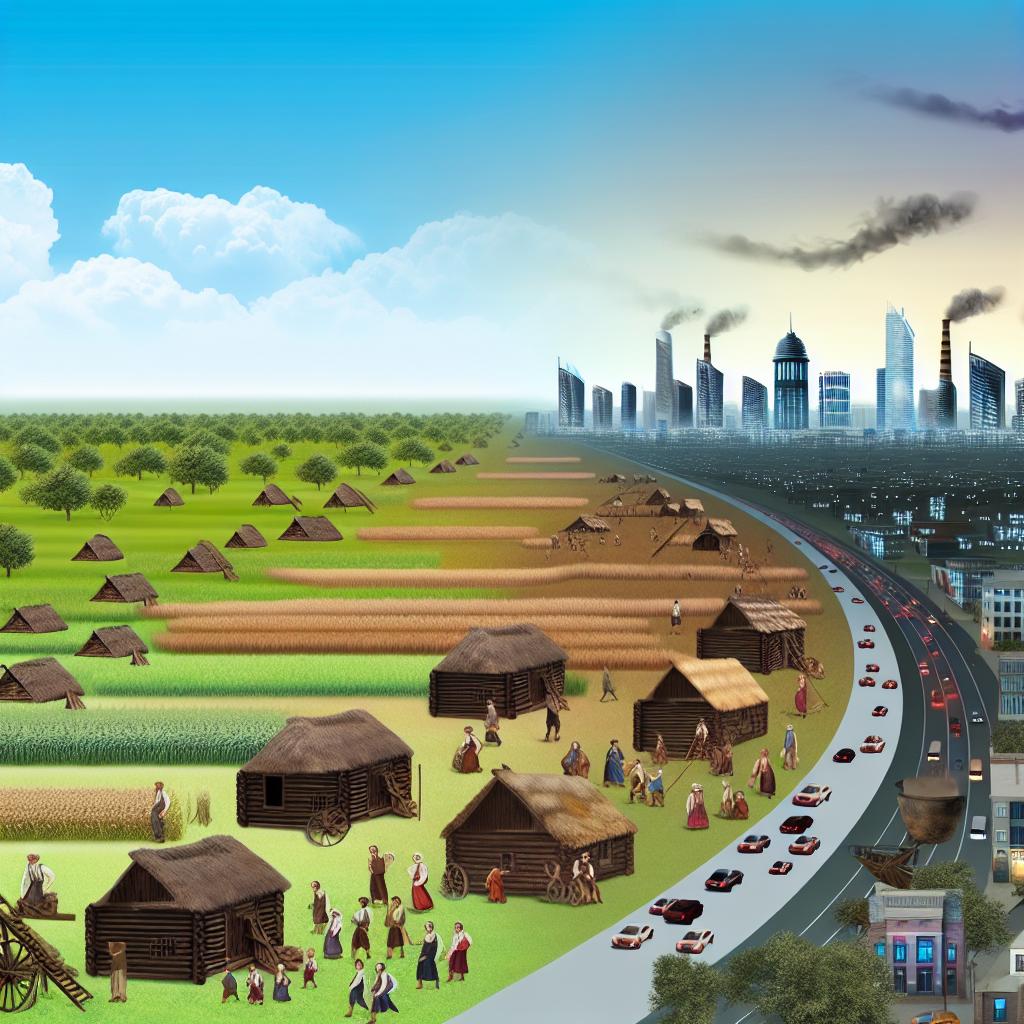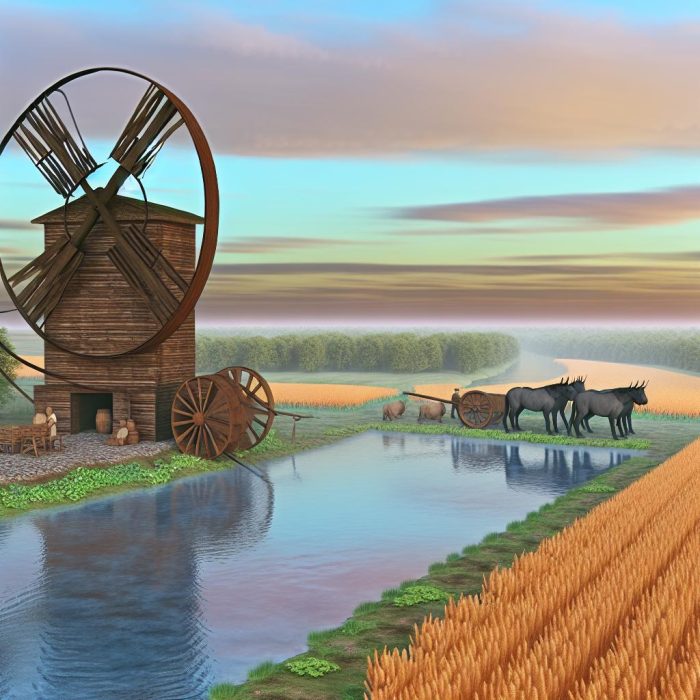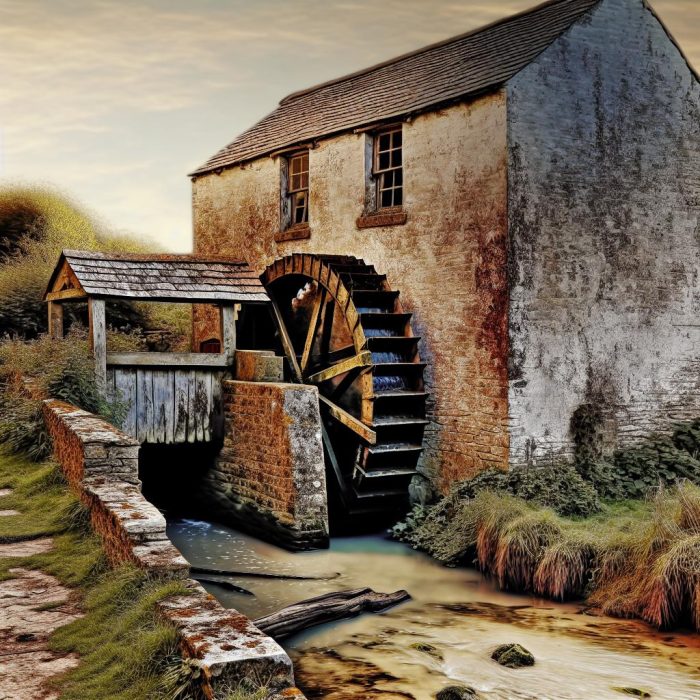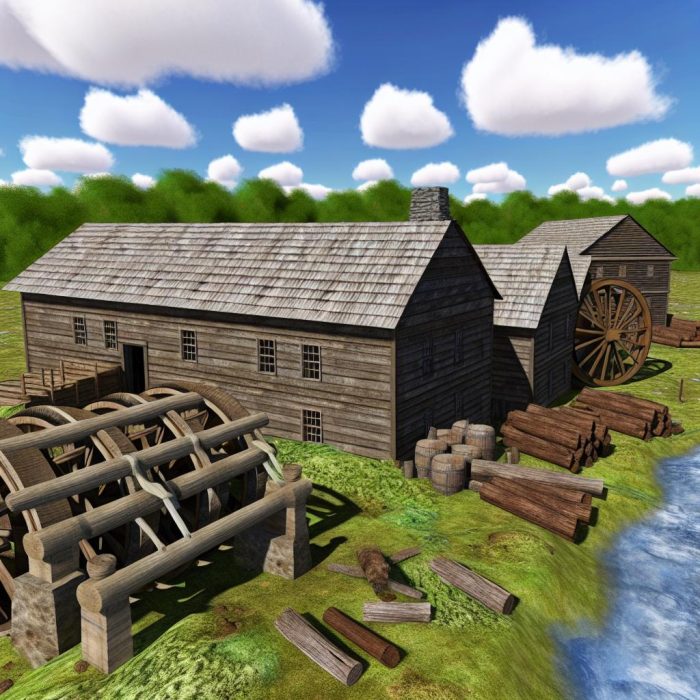The Role of Mills in the Rise of Urbanization
The Industrial Revolution marked a significant era that reshaped economies and societies globally. Central to this transformation was the rise of mills, particularly in Europe and North America. These mills were instrumental not only in advancing industrial capabilities but also in accelerating urbanization, which redefined the way people lived and worked in burgeoning urban environments.
The Emergence of Mills
Before the advent of industrial mills, most production was conducted at a human scale, often within homes or small workshops, a system known as the cottage industry. In this system, families and small groups engaged in manual labor-intensive production methods, which limited the volume and speed of output. The introduction of water-powered and later steam-powered mills represented a pivotal shift from this traditional model, drastically increasing production capacity through mechanization. Textile mills, in particular, became prominent, leveraging machinery to mass-produce fabric that was once painstakingly crafted by hand.
Technological Advancements
The transition from manual to mechanized production was underpinned by numerous technological advancements that altered the methods of production at a fundamental level. Key inventions such as the spinning jenny, the water frame, and the power loom revolutionized textile manufacturing. These innovations allowed for the rapid production of textiles, far exceeding the capabilities of manual production methods. In addition, the development of steam engines allowed mills to be located away from water sources, contributing to their expansion and increasing numbers. The flexibility offered by steam-powered machinery meant that industrial activity was no longer constrained by geographical features, such as the availability of running water, paving the way for the growth of factories in various locations.
Impact on Labor
Mills required a new kind of labor force, drawing people from rural areas to work in urban centers where these mills were frequently established. This migration led to significant demographic changes, with populations increasing substantially in areas where mills were in operation. Rural families made their way to urban areas in search of employment opportunities, driven by the promise of consistent wages in factory settings compared to the uncertain income from agriculture. Factory work, although often associated with difficult conditions and long hours, provided a level of economic stability that rural farm life could not guarantee.
The existence of mills also spurred the need for a workforce that operated within a structured timetable. This shift led to the proliferation of a new urban working class, which found itself at the heart of a rapidly industrializing society. This development not only influenced economic dynamics but also reshaped the daily lives of countless individuals who adapted to the rhythms of factory work.
Urbanization Growth
The establishment of mills became a catalyst for urban growth as the population density in mill-centric areas increased. As mills grew, they spurred the development of infrastructure, such as roads and housing, to support the influx of workers. Towns and cities expanded rapidly, and a new urban landscape emerged to accommodate the rising population. This growth brought about the creation of social institutions and amenities, such as schools, hospitals, and recreational facilities, evolving to meet the needs of a growing labor population. Local economies diversified as new businesses emerged to serve both the mill industry and the expanding urban population.
Economic and Environmental Changes
The economic landscape underwent significant transformation as mills concentrated production and advanced industrial economies. The ability to manufacture goods at unprecedented scales allowed for greater market reach, fostering trade within and beyond regional boundaries. However, this rapid economic growth was not without its challenges. The environmental impact of mills was notable, with increased air and water pollution resulting from industrial processes. The concentration of industry in urban areas led to heightened awareness and concern about environmental degradation, setting the stage for future environmental movements and policy considerations.
Social Implications
Mills also influenced social structures and relationships. The shift from a traditional, agrarian lifestyle to an urbanized existence redefined community dynamics, as many rural families adapted to life in densely populated urban centers. Social structures changed, and new social classes emerged; factory owners and industrialists found themselves at the forefront of economic power, while workers formed a burgeoning middle and working class. This stratification led to societal shifts that drove the discourse on labor rights and welfare. Labor unions began to form as workers sought to negotiate better working conditions, fair wages, and reasonable working hours, becoming central themes in political and social debates of the time.
Conclusion
The rise of mills during the Industrial Revolution was pivotal in the shift towards urbanization, bringing profound changes to economic, social, and environmental landscapes. These mills were at the heart of industrial activity, offering employment opportunities and serving as engines of economic growth, which played a critical role in shaping modern urban environments. However, the challenges posed by this rapid urbanization remain relevant in contemporary discussions about sustainable development and industrial practices. Understanding the historical significance of mills in the context of urban growth helps frame ongoing conversations about how to balance industrial advancement with environmental and societal well-being.
For a more comprehensive understanding of the historical importance of mills in urban growth, consider exploring detailed resources from history and economic journals, accessible through academic databases like JSTOR or ScienceDirect, which provide a wealth of information on the intricacies of this transformative period.



